If I should from this world
Depart you’d have a bit of my
Hair my hand and heart if we
Could no more each other see
You could still remember me
Quoted in ” On Women and Friendship: a Collection of Victorian Keepsakes and Traditions” Starr Ockenga Stewart, Tabori & Chang- New York—
During the Victorian era, articles made from hair might be made by a home crafter, a professional hair weaver, or a jeweler. They fit exactly with the romantic and sentimental trends of the day. While many pieces of hair work were memorial pieces – especially in the wake of the Civil War – hair work became a popular craft, also celebrating special events and happy times. Lady’s magazines printed articles on how to make useful and decorative items from hair. Watch chains, earrings, necklaces, bracelets, and brooches were popular items, as well as jewelry which incorporated the locks of a loved one. Victorian school children sometimes collected locks of hair from classmates, and put them into small binders, along with the year and name of the persons who had contributed the hair.
Hair Work falls into four basic techniques:
Table work
is done using a small table which has a hole at the center top. Hair is separated into “bundles” of varying thicknesses. Each bundle is secured at both ends, and each end is weighted to keep the strands lying flat and smooth while the weaving is done. As many as 80 bundles – with that many strands in each bundle – can be used to create a variety of intricate designs. The hair needed for this type of jewelry must be long, at least 6″ or longer depending on the item to be made. Table work usually produces a decorative woven cord – flat, hollow, or solid – which may then be incorporated into a bracelet, necklace, or watch chain for example.
Palette Work – In this technique hair is laid flat and glued to a base. Shapes are cut out and pieced together to form pictures and flowers. Most palette work is done on a very small scale and placed under glass in a jewelry setting. Some pieces are only 1/4″ x 1/2″ in size. They vary in size up to 2 1/2″ in diameter or more. The “Prince of Wales” plumes are very characteristic of this type of work.
Sepia Painting – Sepia painting is a picture painted in brown tones (sepia), in which the paint was made of finely chopped hair. Typically these “paintings” were done on glass or ivory. If it was a mourning piece, the picture usually contained a weeping willow tree or a gravestone. Fine lines might be done in India ink. Usually there were extremely small pieces, about an inch in length.
Hair Flowers – Hair flowers are made by wrapping the hair around a rod and using a fine wire to hold it together. Depending on the size of the rod and the amount of hair used, different looks are produced. Wired loops of hair are slipped off the rod and can be shaped into different sizes and shapes of flowers, leaves and tendrils, and then arranged together to form large wreaths which were placed inside a deep frame.
Sometimes these wreaths incorporated the hair of an entire family and got quite large. They were made to be hung on a wall and displayed. Not all wreaths were made as memorials as many were made as memories of family, church groups, schools, etc. If a wreath was a family memorial, hair was collected from the deceased and added to the wreath whenever any one died. The top of a memorial wreath was always kept open at the top….ascending heavenward. It is said that the newest addition would be placed in the center, and then moved to the side to become part of the large wreath when the next person passed away. Note: not all wreaths are memorial pieces, and some are not open at the top.
At the recent Durango Heritage Days Celebration, Victorian Hairwork Artist Sue LeRette conducted a hair weaving demonstration. Sue became interested in this art form only to discover that she could no one available to teach her the technique. She taught herself table weaving, using old books on the topic. Her display for the demonstration included examples of table work pieces and hair flowers. For the demonstration, she had several examples of pieces made from human and horse hair. She also had a table – a re-purposed plant stand from Hobby Lobby – set up so we could try our hand at table work – a technique similar to Kumihimo braiding, which is a Japanese technique using thread or fiber. A flat surface with a hole in the center is the only requirement for this technique, and sometimes a top hat with a hole made in the top of the crown was used to make smaller pieces. For the demonstration, a paper pattern was laid on the top of the table, and lines were numbered in pairs, so there are two lines numbered “1”, two lines numbered “2”, etc. A bundle of hair was laid on top of each line, and secured at the center with a weight, and if the piece is to be a hollow cord, a rod, called a mold, in the center. In the pattern Sue set up for us to do, the weaving was done by lifting each pair of bundles, and trading places with them around the table. For example, one would gently lift both of the #1 bundles, which would be at opposite sides of the pattern, and move each to the place where the other was. Next the #2 bundles would be lifted and moved to their opposite place. When all of the numbered bundles have been moved once, the pattern starts again with the #1 bundles. A given pattern may use as few as 4 bundles, or as many as 80. As we worked, the strands combined at the center of the table to form a decorative cord around a slim rod that was positioned vertically at the center of the hole in the table. This rod would be removed when the piece was finished, leaving a lacy hollow cord as the result. To make a piece of any length, very long hair is required, as the finished piece is only about half the length of the strands. Thus 12-inch bundles of hair might produce a 6-inch finished piece.
Not long ago, hair work was truly a lost art. In recent years many hair artists have begun to revive the craft, and there are now several guilds and web sites devoted to hair work. Many people, like Sue LeRette, are self-taught, but are willing to share what they have learned with others. In addition to using human hair, Sue currently makes items from horsehair – jewelry and hatbands – which she custom-makes from hair sent in by the horse’s owner. (Sue can be reached at rslerette@greeleynet.com )

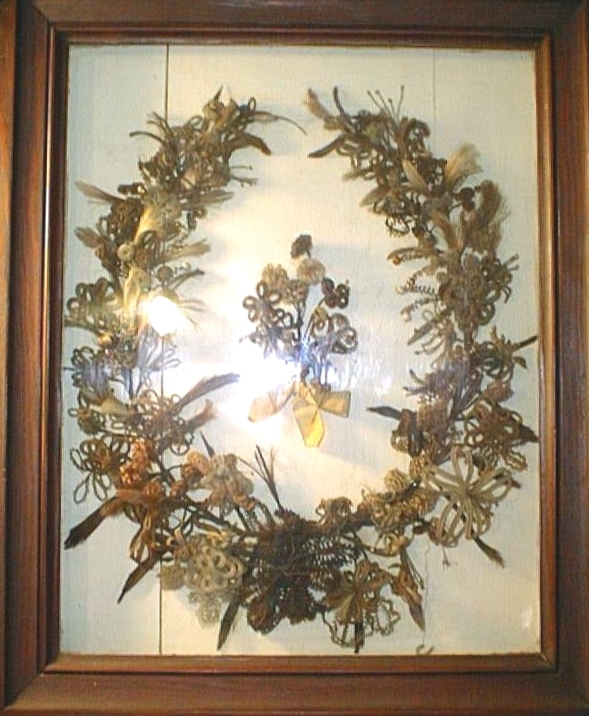
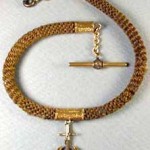

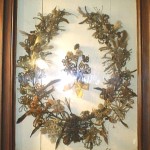
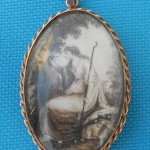

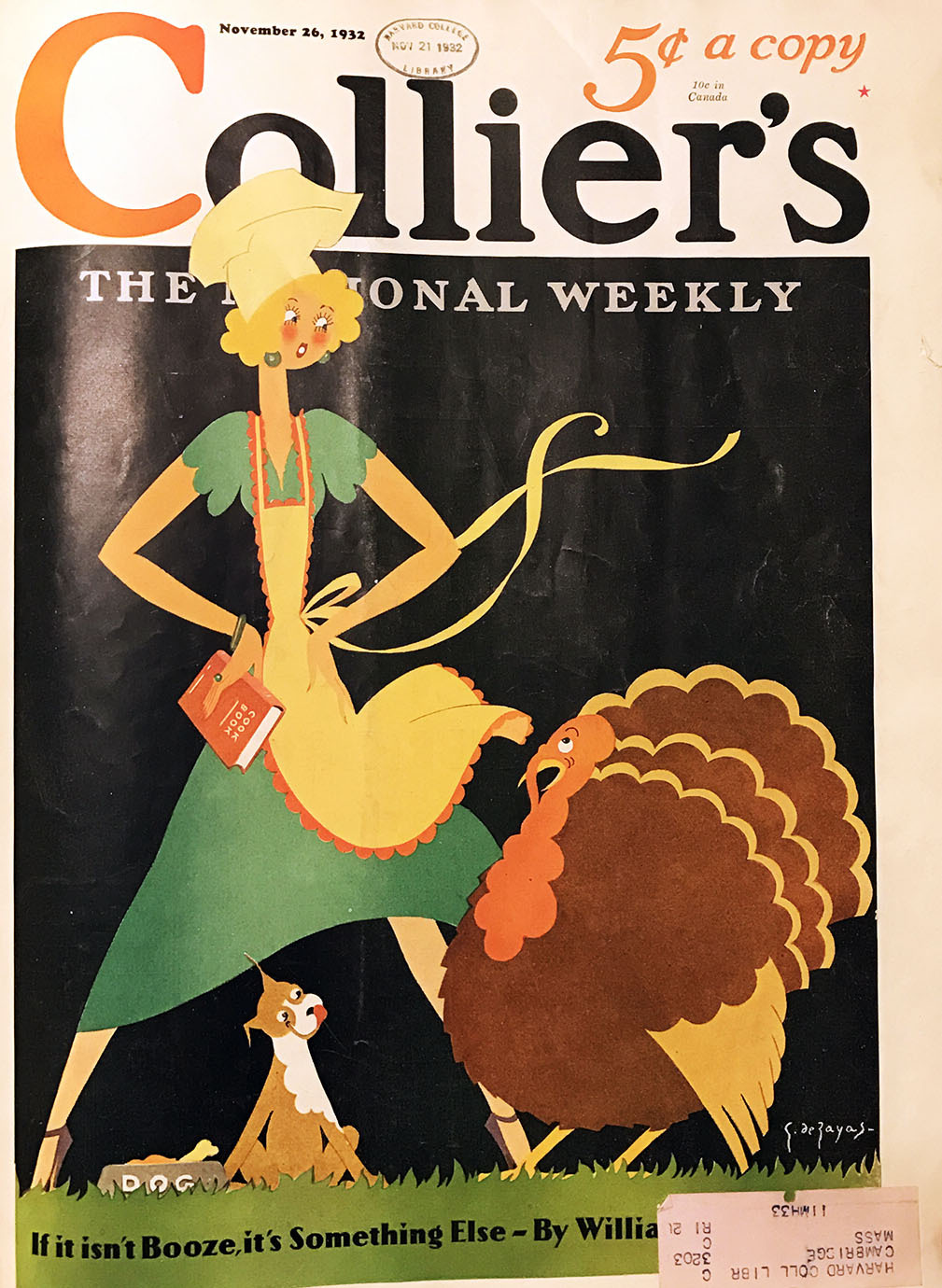
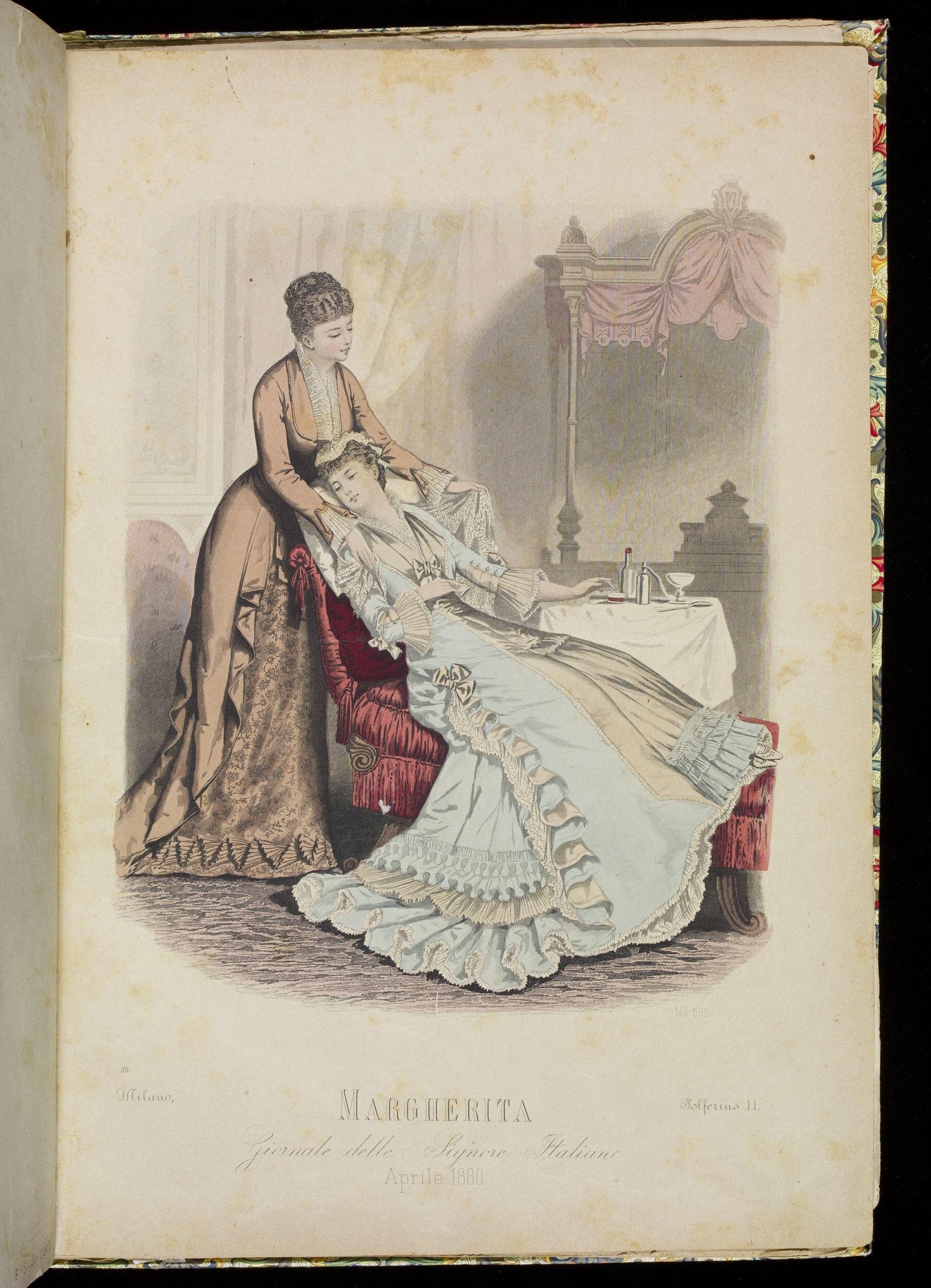
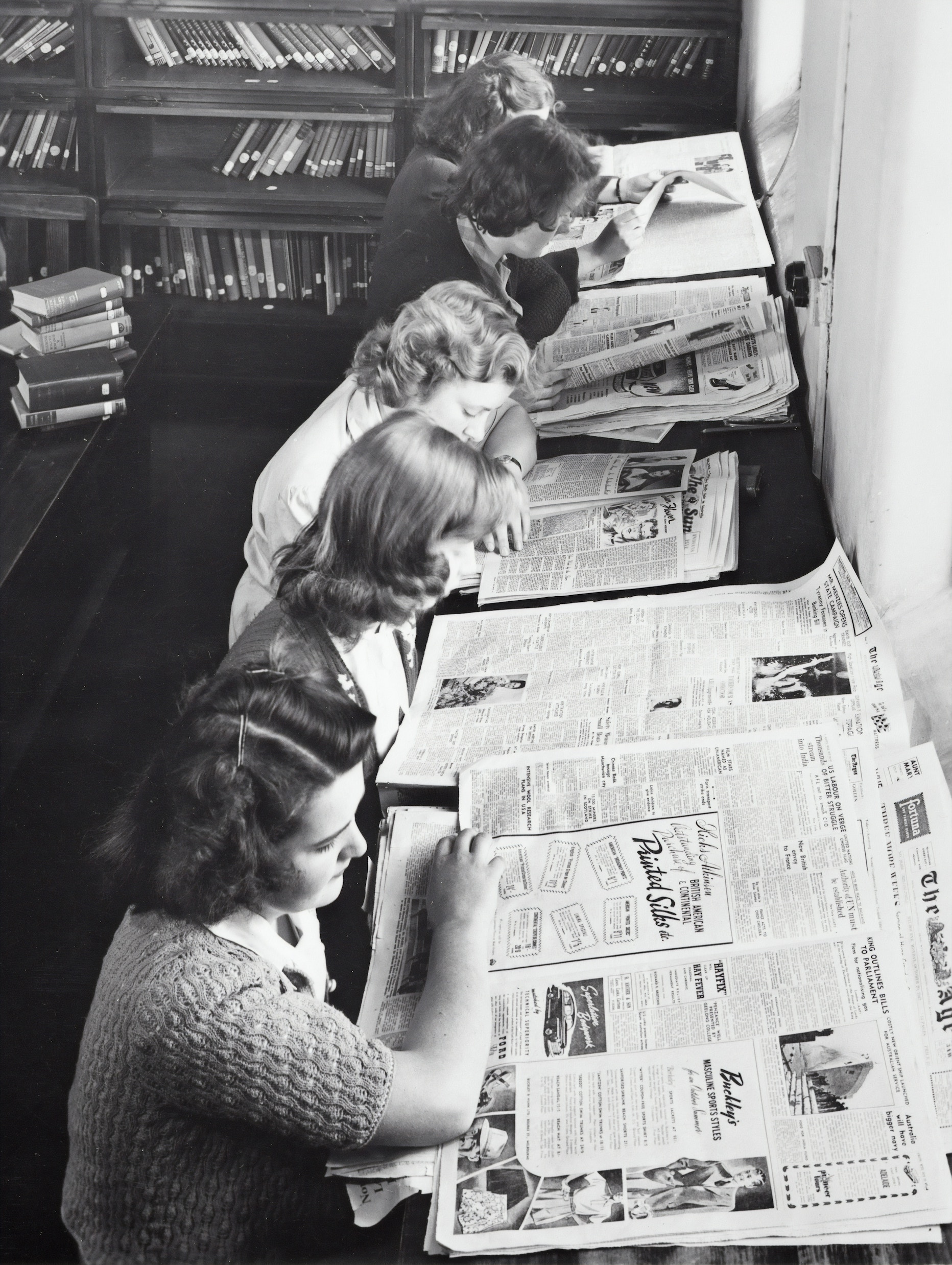

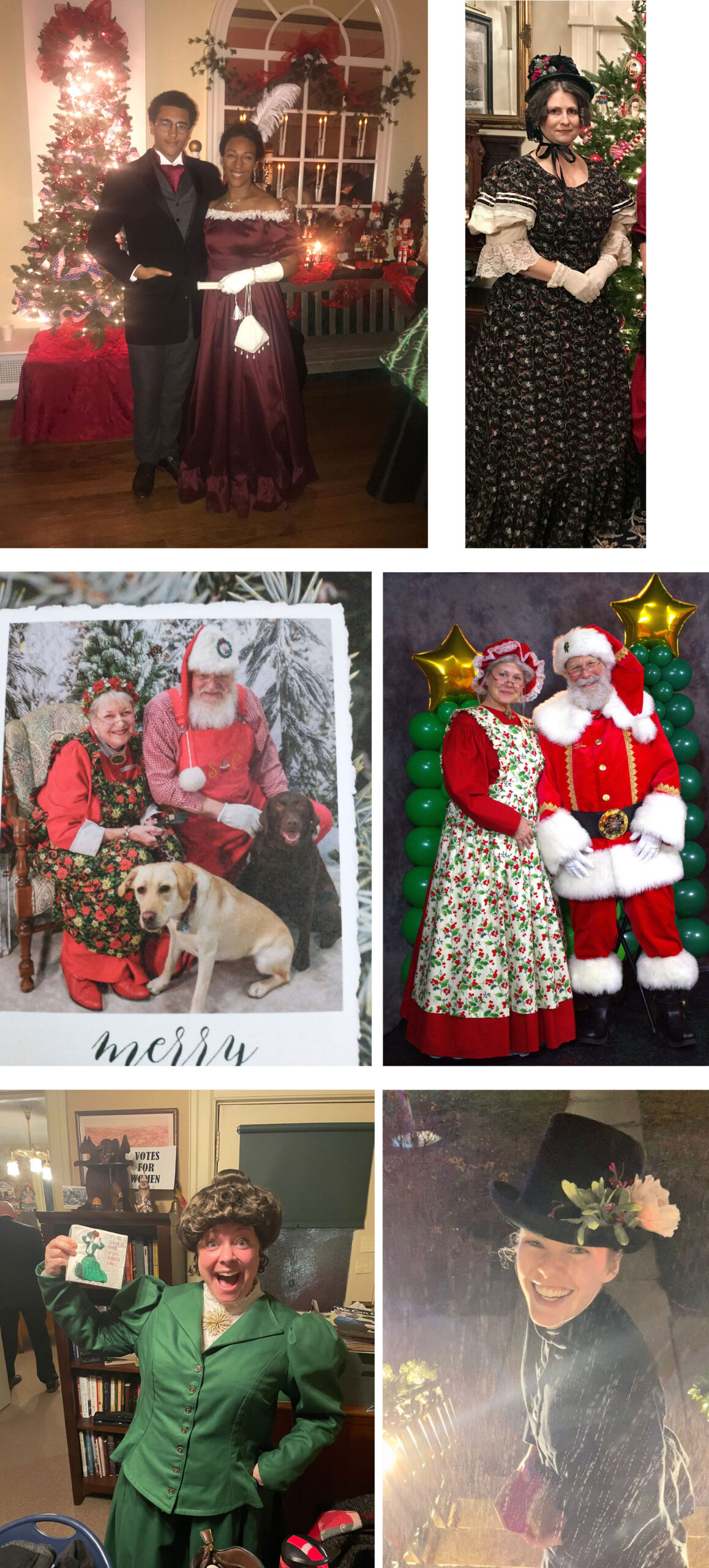






[…] taken from http://recollections.biz/blog/?p=296If […]